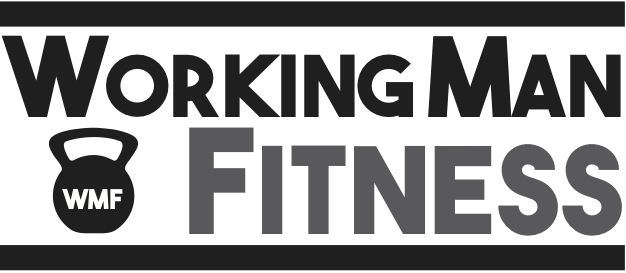Lots of people would like to be in better shape or more consistent with exercise. Achieve some fitness goal. But…it doesn’t happen.
Perhaps that has to do with some of these myths that make it seem like exercise is hard or it’s some science.
Myth #1 – you have to have fancy equipment and clothes and stuff to get in shape.
You don’t.
I’m a big fan of just using kettlebells and body weight. And I know plenty of people who’ve done really well just leading active lives.
Myth #2 – You need to be a crazed fitness maniac and train, train, train to be in shape and that’s cool and should be glorified.
Some people are straight up exorcisers. Read that carefully, there is no misspelling.
These people don’t care about health or strength (although they might profess they do), they really just have some personal demons they are exorcising and then they think everyone else should do the same.
These people are addicted to stimulation like a crack head is addicted to the rush. Follow them at your peril.
Myth #3. Lifting heavy weights is macho. Manly. Steve Maxwell said, “I’ve never met an older dude who wished he lifted heavier.” Tom Brady doesn’t seem to be a fan of weights at all. Plenty of really strong people are weak mentally.
Lifting heavy weights is a high risk low reward proposition in my mind. You’re better off perfecting your form with lower weights. And – check this out. How strong do you need to be? Is it enough to lift 50 pounds overhead with one hand? 36 pounds?
Can you accomplish all your physical labor tasks if you can do reps with swings at 53 pounds?
Are you feeling vital healthy and strong with your lighter “less macho” weights?
Hey, that is what matters.
Now, in terms of strength, I’ve never seen a book break it down so well as Alan Calvert’s Super Strength. This book is phenomenal in terms of helping you figure out which muscles are most important to feel SUPER STRONG.
It’s not the weight you lift that matters, it’s how you lift and what movements you train.
